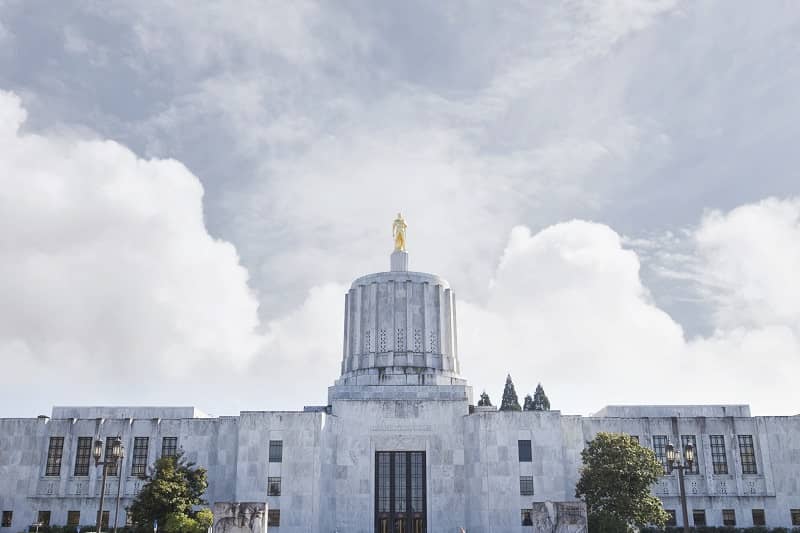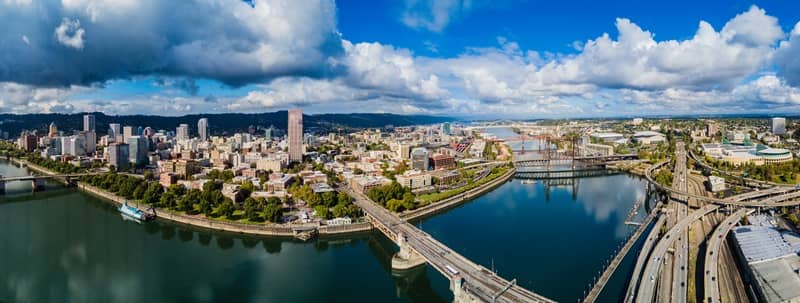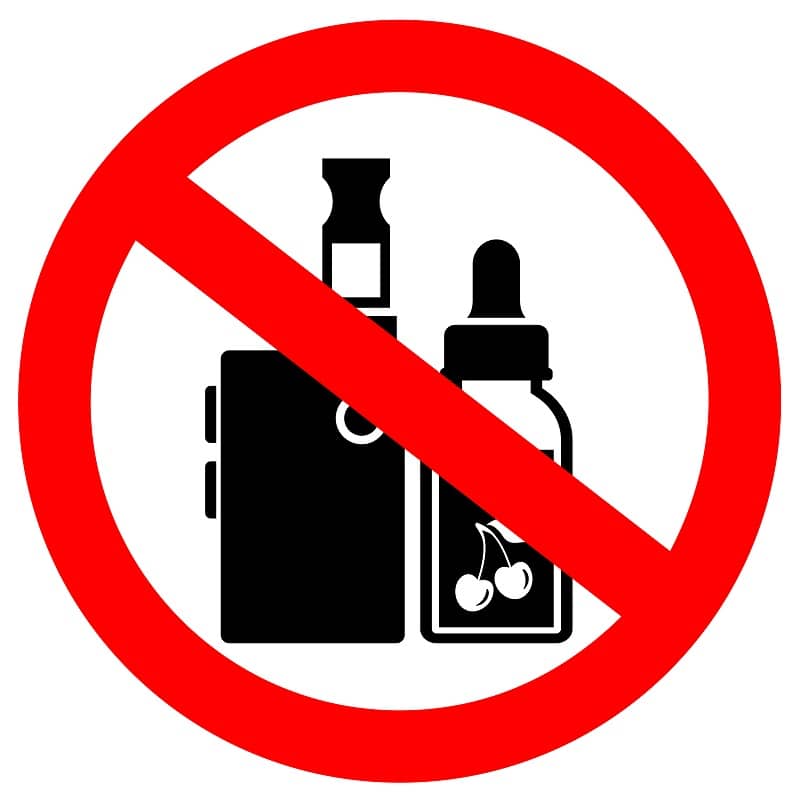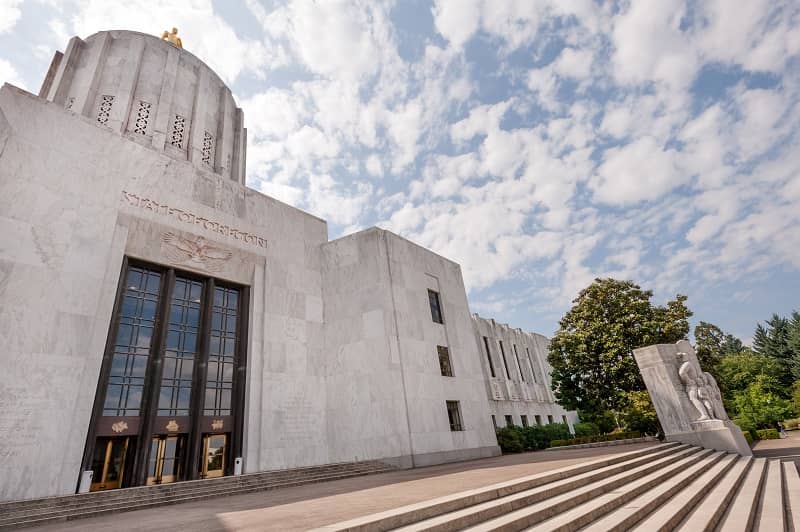

Testimony before the CRC Independent Review Committee
By John Charles
June 17, 2010
I wish to make two basic points tonight, related to: (1) tolling; and (2) TriMet’s financial viability
Tolling, Variable Rates, and the Portland Highway Network
For the past several years, the CRC management team has considered tolling primarily as a means of partially financing the new bridge. While there has been some modest consideration of variable toll rates, project managers have never defined the purpose of those rates (in terms of anticipated driver benefits), nor have they analyzed variable pricing within the context of the broader Portland highway network.
However, the passage of HB 2001 by the Oregon legislature in 2009 fundamentally changes the terms of the discussion. Now that the Portland region is mandated to implement at least one congestion pricing pilot project within the next 28 months, tolling on the bridge (both the current bridge as well as any new bridge) should be considered within the scope of that requirement.
The attached economic analysis by Portland economist Randall Pozdena integrates the two projects. Dr. Pozdena examined five different congestion pricing scenarios for the Portland-Vancouver region: HOT lanes, cordon pricing, single facility pricing, network pricing of the Portland highway system, and ubiquitous pricing of all highways and arterials. The findings of this analysis bear directly on the work of the IRC. The policy implications are as follows:
- Using congestion pricing in the form of cordon, HOT lane, or single-facility tolling (as is being proposed with the CRC) would have minimal or even negative net benefits for the region. The reason is that none of these variations provide enough travel savings (increased speed and reliability) or emissions reductions to offset the costs of implementation.
- At the other end of the spectrum, network pricing of the Portland highway system would lead to roughly $619 million in annual net benefits.
- Creating free-flow conditions on existing highways through congestion pricing will improve total vehicle throughput by 35%-75% during periods of hypercongestion, thereby creating “virtual capacity” and limiting the amount of expensive new highway or transit construction required for the CRC (or anywhere else).
- Congestion pricing of the highway network will likely reduce daily VMT on the highway network by 21% compared to the base case (no tolls), and by 6% system wide.
- Network congestion pricing would likely reduce Portland emissions of VOC by 6.2%, CO2 by 6%, CO by 5%, and PM 2.5 by 4.6%. In contrast, tolling on the CRC as a stand-alone project would only reduce emissions by less than one percent.
- The guarantee of high-speed travel at all times via congestion pricing would allow an inexpensive express bus network to be deployed by TriMet, C-TRAN, and private providers (if allowed), eliminating any rationale for light rail and saving roughly $1 billion in capital cost.
- Since the existing Portland highway network is mispriced (with access perceived to be “free”, regardless of time of day or direction of travel), it is impossible to know how much more highway or transit capacity is needed at the Columbia River or anywhere else. Therefore the discussion about the need for a new bridge, its lane capacity, or whether light rail would be appropriate, is arbitrary.
TriMet’s Deteriorating Financial Condition
TriMet is in a fiscal death spiral, caused primarily by high labor costs and high capital construction costs for rail. The agency has at least $907.7 million in Unfunded Actuarial Accrued Liability (UAAL), as follows:
- $632 in UAAL for Other Post-Employment Benefits (OPEB)
- $243.2 million in UAAL for the union defined-benefit pension plan
- $32.5 million in UAAL for the management defined-benefit pension plan
- This total equals 565% of covered payroll
TriMet’s cost of employee fringe benefits is approximately $116% of payroll. Even in an industry known for lavish fringe benefits, this places TriMet in a class by itself, based on initial research we’ve conducted into other transit districts (see attached spreadsheet).
This debt load is cannibalizing current service. That is one reason why TriMet cut service last November and will be cutting service again beginning July. This calls into question whether it is realistic to expect FTA to hand over another $850 million in capital grants, since TriMet cannot forecast adequate O&M for 20 years.
In fact, if FTA were more vigilant, the agency would already be in town demanding repayment of federal funds for the Green Line, which opened last September. Due to a deficit, TriMet cut service on the Green Line before it even opened, and will be cutting service again in FY 11.
TriMet’s fiscal forecast for the next 10 years purports to show balanced budgets, as required by law. But they can only accomplish this if they defer payments into the OPEB Trust Fund. If modest payments are made in each of the next 10 years into the OPEB trust fund, TriMet cannot achieve a balanced budget in any of those years (see attached).
Given the above findings, ODOT and its partners should:
- Eliminate light rail as part of the project
- Implement congestion pricing on Portland’s entire limited-access highway system prior to adding any new capacity on I-5.
- Set the congestion pricing rate structure to ensure free-flow travel conditions (45 MPH – 55 MPH) at all times of the day on the entire network.
- De-regulate the local transit market to encourage jitneys, shuttles, and private buses to use the free-flow conditions on the urban highway network
Environmental Benefits from Improving Driving Speeds
In June 2009, a vehicle emissions study was conducted by the Central Texas Regional Mobility Authority on one of the Authority’s toll roads, TR 183A. This tollroad opened in 2007 and runs parallel to US 183, which previously suffered from high levels of traffic congestion. The study found that:
- Compared to US 183 prior to construction of 183A Toll Road, average time travel was reduced by approximately 15 minutes, or 75%;
- Annual fuel savings per vehicle were estimated to be 108 gallons, with an annual cost savings of $281;
- Total estimated annual fuel savings were 664,723 gallons, with cost savings of $1,728,280;
- Data indicates that for every vehicle that uses the 183A Toll Road, there is significant reduction in overall emissions within the study area when compared to all vehicles using US 183 only;
- Annual reductions in emissions and fuel consumption were calculated to be:
- Carbon Dioxide (CO2) emissions reduced by 28%
- Carbon Monoxide (CO) emissions reduced by 47%
- Nitrogen Oxides (NOx) reduced by 56%
- Total Hydrocarbon (THC) emissions reduced by 37%
- Fuel consumption reduced by 26%
This study adds to the growing body of evidence showing that proper pricing of roads is much more important than total levels of VMT with regards to emissions. When vehicles are moving in free-flow conditions, they burn less fuel and emit fewer total pollutants than they do in gridlock, and congestion pricing is the only technique that can ensure these steady speeds in dense urban driving conditions.
John A. Charles, Jr. is President and CEO of Cascade Policy Institute, Oregon’s free market public policy research organization.











